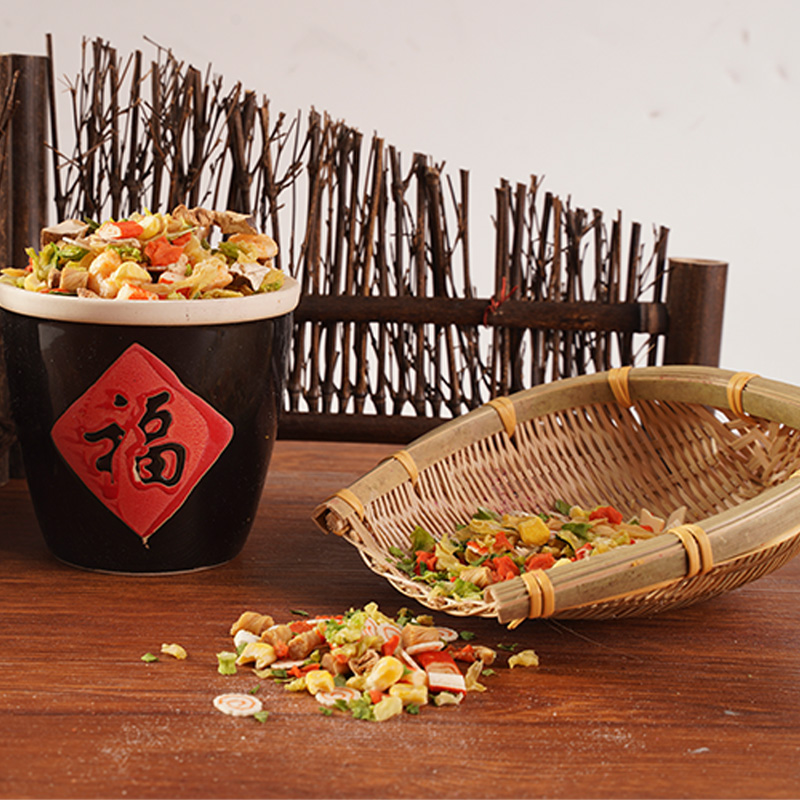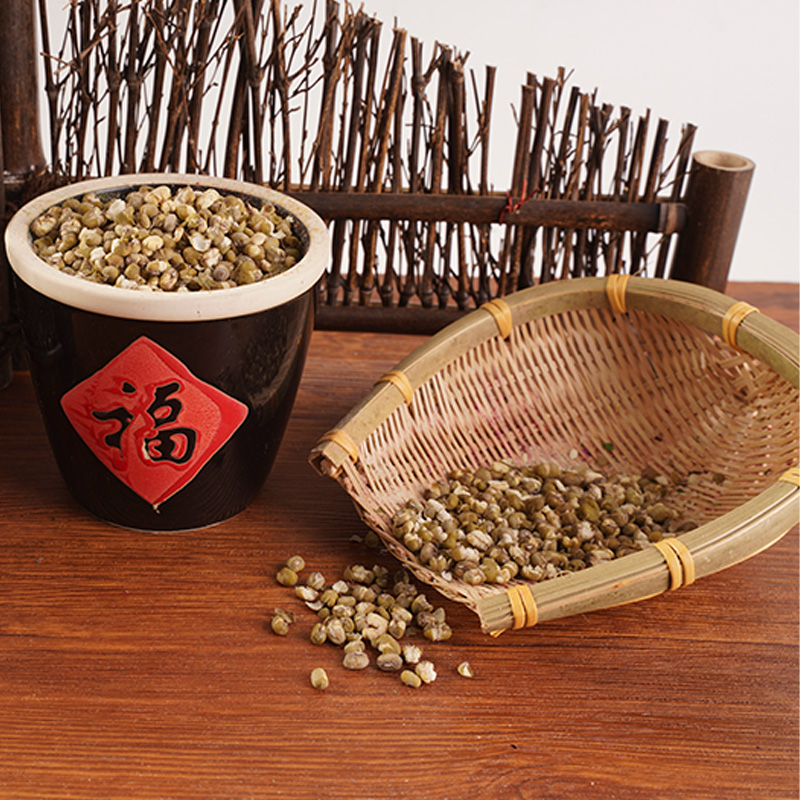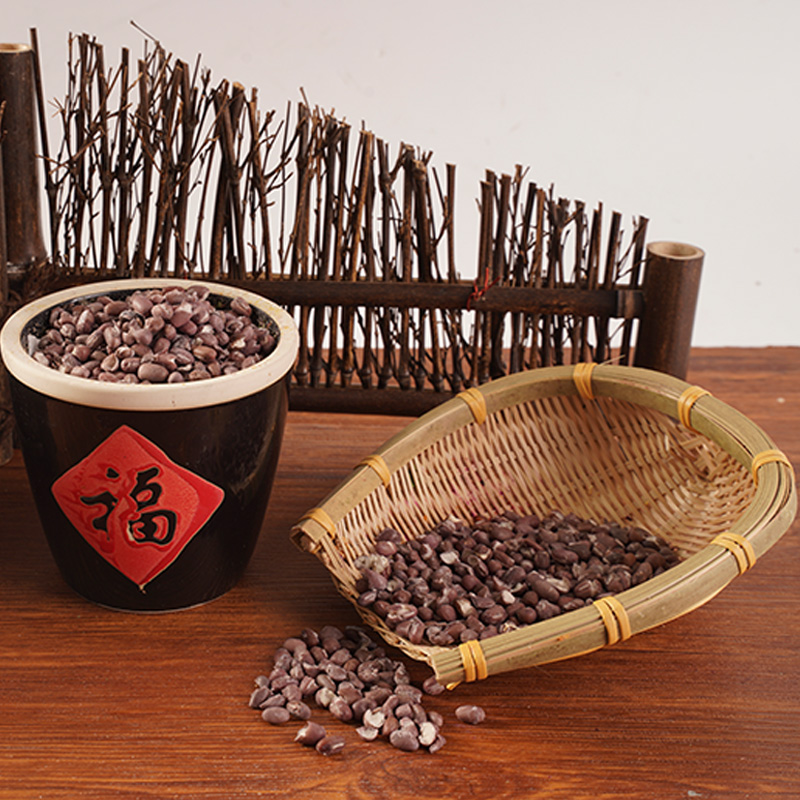Can Dehydrated Vegetables Save My Recipe
For home cooks facing wilting produce, out-of-season cravings, or kitchen emergencies, a jar of dehydrated vegetables might just be the unsung hero hiding in your pantry. While fresh is often ideal, dehydrated vegetables offer unique advantages that can genuinely rescue a recipe when used strategically. Understanding their properties and best practices is key to unlocking their potential.
Beyond Survival Food: The Modern Utility of Dehydrated Vegetables
Dehydration, one of the oldest food preservation methods, removes water content, significantly extending shelf life and concentrating flavors and nutrients. Modern techniques aim to preserve these qualities better than ever. Here’s how they can salvage your culinary efforts:
-
Combatting Spoilage and Scarcity:
- Solution: Dehydrated vegetables have a vastly longer shelf life than fresh (often 1-5 years when stored properly in a cool, dark, dry place).
- Recipe Rescue: Ran out of fresh celery for your stew? Need onions for a sauce but find yours sprouted? High-quality dehydrated versions can step in reliably, preventing a last-minute grocery run or recipe abandonment.
-
Boosting Depth and Complexity:
- Solution: The dehydration process concentrates natural sugars and savory compounds (like glutamates), intensifying umami and sweetness.
- Recipe Rescue: Find your soup, sauce, gravy, or braise tasting a bit flat? A tablespoon of dehydrated mushrooms, tomatoes, onions, or garlic powder (made from dehydrated garlic) can add a potent punch of flavor that permeates the dish quickly.
-
Convenience Without Significant Compromise:
- Solution: Ready to use straight from the container (for powders or small pieces) or after brief rehydration.
- Recipe Rescue: Short on prep time? Dehydrated minced onions, carrots, bell peppers, or greens can be added directly to doughs (breads, crackers), dry rubs, spice blends, or batters, saving significant chopping time without adding excess moisture.
-
Adding Texture and Visual Appeal (When Rehydrated Properly):
- Solution: Larger pieces (like dried tomatoes, zucchini slices, or corn kernels) can regain texture when soaked in warm water, broth, or even directly within moist dishes like casseroles or soups simmering for sufficient time.
- Recipe Rescue: Want to add vegetables to a backpacking meal, a lunchbox soup cup, or a casserole needing extra color and texture? Properly rehydrated dehydrated veggies can fill this role effectively.
Critical Considerations for Success: Using Dehydrated Vegetables Effectively
To truly "save" your recipe, mindful usage is paramount:
- Rehydration is Key (Often): For anything larger than a powder or fine mince, rehydration is usually necessary to avoid an unpleasant, tough, or chewy texture. Follow package instructions or soak in warm liquid (water, broth, wine) for 10-30 minutes before adding to dishes, especially those with shorter cooking times. Allow extra simmering time in soups/stews.
- Flavor Concentration = Use Less: Remember the flavor intensity. Start with a smaller amount (e.g., 1 teaspoon of powder or 1 tablespoon of pieces per serving) and taste before adding more. Overdoing it can overwhelm your dish.
- Mind the Moisture: Dehydrated vegetables absorb liquid. If adding directly to a batter or dough, you might need to slightly increase the liquid content elsewhere. Conversely, in soups or stews, they will absorb some broth – factor this in.
- Texture Nuances: While rehydration helps, dehydrated veggies rarely replicate the exact crisp-tender texture of perfectly cooked fresh vegetables, especially in stir-fries or salads. They excel in applications where texture is less critical (sauces, soups, blended dishes) or where a slightly different texture is acceptable (casseroles, stuffings).
- Quality Matters: Opt for products with minimal additives (just vegetables) and vibrant color, indicating better preservation of nutrients and flavor. Poor-quality dehydrated vegetables can taste stale or cardboard-like.
- Nutritional Note: Dehydration preserves most vitamins and minerals, though some heat-sensitive vitamins (like Vitamin C) can be reduced during the process. They remain a valuable source of fiber and phytonutrients.
So, can dehydrated vegetables realistically save your recipe? Yes, absolutely – when used appropriately. They are not a wholesale replacement for fresh produce but rather a highly effective strategic ingredient. They excel as:
- A reliable pantry backup against spoilage and scarcity.
- A potent flavor enhancer for sauces, soups, and rubs.
- A significant time-saver for prep-intensive dishes.
- A practical solution for camping, backpacking, or emergency meals.
- A shelf-stable way to incorporate vegetables into dry mixes.
By understanding their concentrated nature, mastering rehydration techniques, and applying them judiciously to complement your recipe's needs, dehydrated vegetables can move beyond mere survival food to become a valuable asset in the resourceful home cook's toolkit, ready to rescue a meal when fresh options fall short. Keep a well-stocked selection on hand, and you'll have a dependable culinary safety net.
News Category
- Company News(1)
- Industry News(68)



 English
English русский
русский 日本語
日本語 한국어
한국어 中文简体
中文简体












